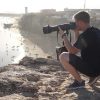Cullen Brown, just 16 years old and managing a number of bee hives near Stalham in Norfolk. While attending the Royal Norfolk Show, Cullen was stung by a bee at the age of nine.
At the show, he met the Norfolk Beekeeping Association who advised on how to treat the sting. They also threw in a sample of local honey and plenty of facts that grabbed Cullen’s attention. This would be the catalyst to lead him onto a beekeeping journey.
On Wednesday 6th September, Cullen and his mum, Lisa, invited me to come and capture some photos and footage of Cullen in action.

Kitted Up To Photograph Bees Up Close
Upon arrival I was quite nervous. Although I haven’t yet been stung by a bee, many wasps have left me in pain throughout the past. Despite being much calmer around bees versus wasps, I had never been this close to so many.
Cullen and Lisa were both incredibly welcoming and did their best to make me feel at ease. I was given a beekeeper suit and was instructed to wear thick boots. The gloves were quite thick but still allowed me to operate my camera and gimbal without trouble.
Before we made our way to the bee hives, I calibrated the gimbal, picked out my chosen lenses and set up the camera.


Photographing Bee Hives With My Sony A7iv
With my Sony A7iv Mirrorless Camera, I was confident in being able to capture beautiful imagery of these wonderful creatures. When we arrived at the first bee hive, Cullen prepared his smoker and talked me through his process.
The smoker is used to defuse pheromones which the bees emit when they feel threatened. The pheromones send out a signal which alerts others to potential intruders to their hives and space.
Once the first hive was opened, thousands of bees made their way out to investigate what was going on. At this point I felt out of my comfort zone as they swarmed around my camera and suit.

What Equipment Did I Use?
For those who know me and what’s in my kitbag, you won’t be surprised to know I captured most of these images using my Sigma 56mm f1.4 lens. Although it’s not full frame, I’ve owned this since my days of using a crop sensor Sony A6000 camera and it’s still my favourite piece of glass.
The bokeh produced is unreal and the lens’ ability to produce super sharp imagery continues to surprise me two years after I first purchased it.
For the larger, full frame photos and videos I connected my Sigma 35mm f1.4 Art lens. Another beast I carry with me everywhere and use on almost every shoot. Not only is it perfect for portraits, it’s an amazing lens for landscape photography, events, and event documentary filmmaking.

My DJI RS2 Gimbal
This is an awesome bit of kit. I’m yet to write an article about it but keep an eye out. One will be coming soon. I’ve owned this since last summer and had my doubts at first. Like anybody purchasing a gimbal for the first time it will take some getting used to.
There’s a world of settings built in with lots of different features to get your head around. Don’t miss out on getting super smooth cinematic shots by not learning the basics of your DJI RS2 Gimbal.
Once the basics have been mastered, everything else is just icing on the cake.


The Finished Cullen Brown Beekeeper Video
Cullen, Lisa and myself are all super happy with the edited photos and final video. Fortunately the lighting on the day was perfect. It played a vital role in capturing quality content and stunning imagery.
Don’t forget, no matter what kit you have and use, lighting and time of day will always be a key factor in the finished pieces. We shot at 8:30am in September. The sun was still low and cut through the trees to give the imagery a soft feel.
Play around with your settings at different times of day. Take note on what looks best and aim to shoot in similar conditions in future. Thank you for reading. I hope you enjoyed looking through the pictures and video as much as I did capturing them.










3 Comments